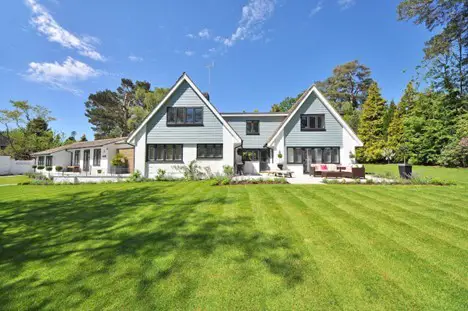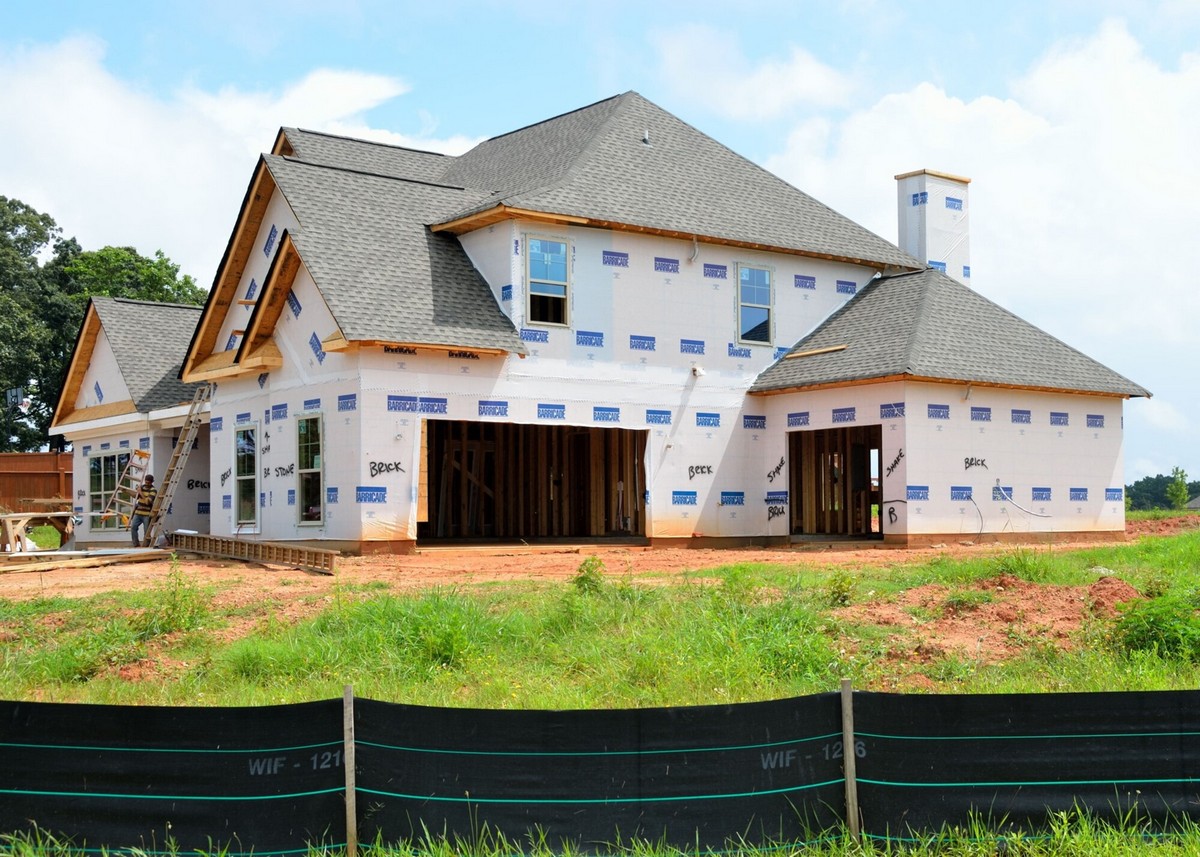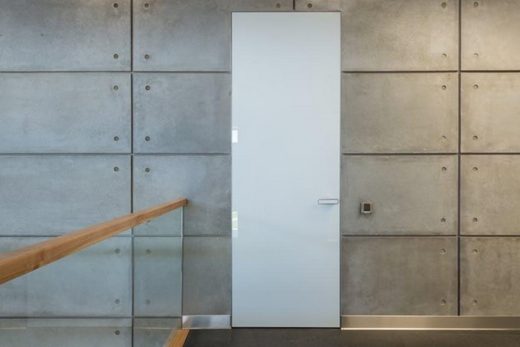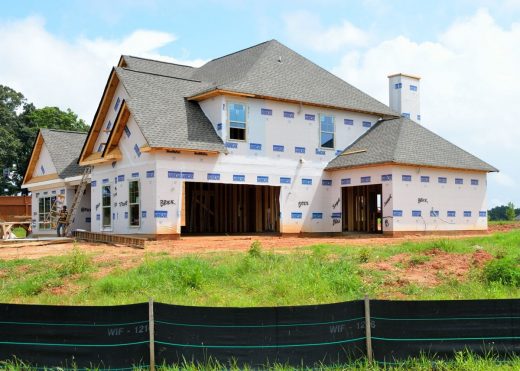Building or adapting a home: 6 key things to have in mind, Building roofers repair, Home maintenance
Building or Adapting a Home: 6 Key Things to Have in Mind
21 August 2024
Whether you are building a new home from scratch or adapting an existing one, there are certain key things that you need to keep in mind. These factors not only affect the functionality and safety of your home but can also impact your overall happiness and satisfaction with your living space. In this guide, we will explore 6 key things that should be considered when building or adapting a home.
Location and Lot Choice: The Foundation of Your Home
The first and possibly most important aspect to consider when building or adapting a home is the location and lot choice. The site of your home will greatly influence its design, construction process, and ultimately, your daily life. Factors such as accessibility, views, topography, and neighborhood should all be taken into consideration when selecting a site for your home. Obtain a site plan before finalizing the purchase of a lot so that you can accurately assess any limitations or challenges that may arise during the building or adaptation process. A well-chosen location and lot can serve as a strong foundation for your dream home.
Designing for Your Lifestyle and Needs
When building or adapting a home, consider your lifestyle and needs in the design process. This includes not only your current needs but also potential future changes such as growing families or aging parents. Think about how you use your living space and what features would enhance your daily life. For example, if you enjoy entertaining guests, an open floor plan with a spacious kitchen may be ideal for you. If you have young children, incorporating child-safe features into the design can provide peace of mind. Consider creating a list of must-haves and nice-to-haves to help guide the design process and ensure that your home is tailored to fit your specific lifestyle and needs.
Incorporating Energy Efficiency into Your Home
In today’s world, energy efficiency is becoming increasingly important. When building or adapting a home, consider incorporating energy-efficient features and materials into the design. This can help reduce your carbon footprint and save you money on utility bills in the long run. Some examples of energy-saving features include installing solar panels, using LED light fixtures, insulating walls and windows properly, and choosing energy-efficient appliances. Think about incorporating passive design elements such as natural lighting and ventilation to reduce reliance on artificial lighting and HVAC systems.
Ensuring Safety and Accessibility for All Family Members
When building or adapting a home, ensure safety and accessibility for all family members, regardless of age or ability. This includes incorporating universal design principles such as wider doorways and hallways, lower countertops, and non-slip flooring to accommodate individuals with disabilities or mobility impairments. It also means implementing safety features such as handrails and grab bars in bathrooms and staircases to prevent accidents. Consider consulting with professionals who specialize in accessible design to ensure that your home can comfortably accommodate all family members now and in the future.
Budgeting and Cost Management for a Successful Project
Before beginning any construction work, establish a realistic budget and stick to it throughout the project. This encompasses accounting for all costs, including materials, labor, permits, and fees. It may be helpful to consult with a financial advisor or contractor to accurately estimate costs and create a detailed budget plan. Regularly reviewing and tracking expenses can also help prevent overspending and ensure the success of your project within your designated budget. Leave some wiggle room in case unexpected expenses arise during the building or adaptation process, as they often do in construction projects.
Maintenance and Long-Term Sustainability: Planning for the Future
Plan for long-term maintenance and sustainability when building or adapting a home. This entails choosing durable materials like metal roofing, which withstands harsh weather, and composite decking, renowned for resisting rot and insect damage. Both options offer minimal upkeep. Also, integrating energy-efficient features, like double-glazed windows and high-efficiency HVAC systems, can help lower future maintenance costs and reduce your home’s environmental footprint. Invest in smart home technology, such as automated lighting and climate control systems, which can make monitoring and maintaining your home more efficient and convenient. Consider landscaping choices that promote water conservation and reduce the need for heavy maintenance.
Building or adapting a home requires careful consideration of several key factors including location, design, energy efficiency, safety and accessibility, budgeting and cost management, and long-term sustainability. By keeping these elements in mind throughout the process, you can create your dream home that not only meets your immediate needs but also supports your lifestyle for years to come.
Comments on this guide to Building or Adapting a Home: 6 Key Things to Have in Mind article are welcome.
Roofing Articles
Roofing Posts
Flat roof repair

image source : pixabay.com
Insulation Options for Your Roof

image source : pexels.com
How to make your roofing company a success
Eco Architecture
Contemporary Green Architecture Design
Comments / photos for the Building or Adapting a Home: 6 Key Things to Have in Mind page welcome







